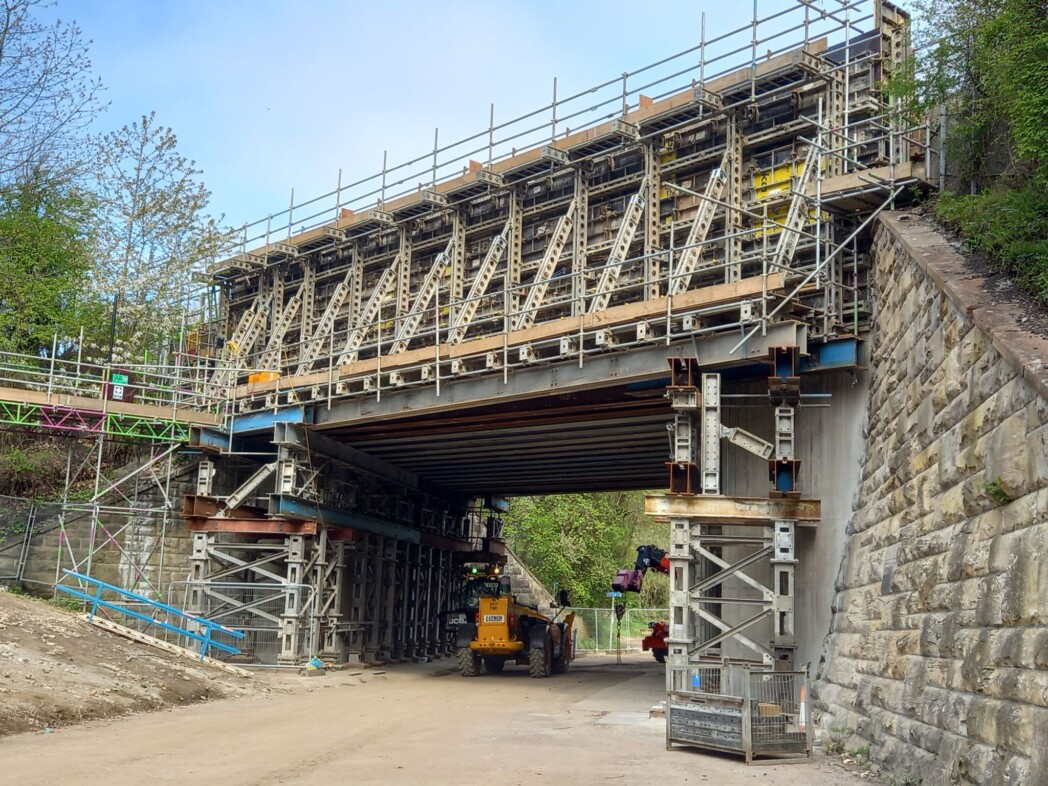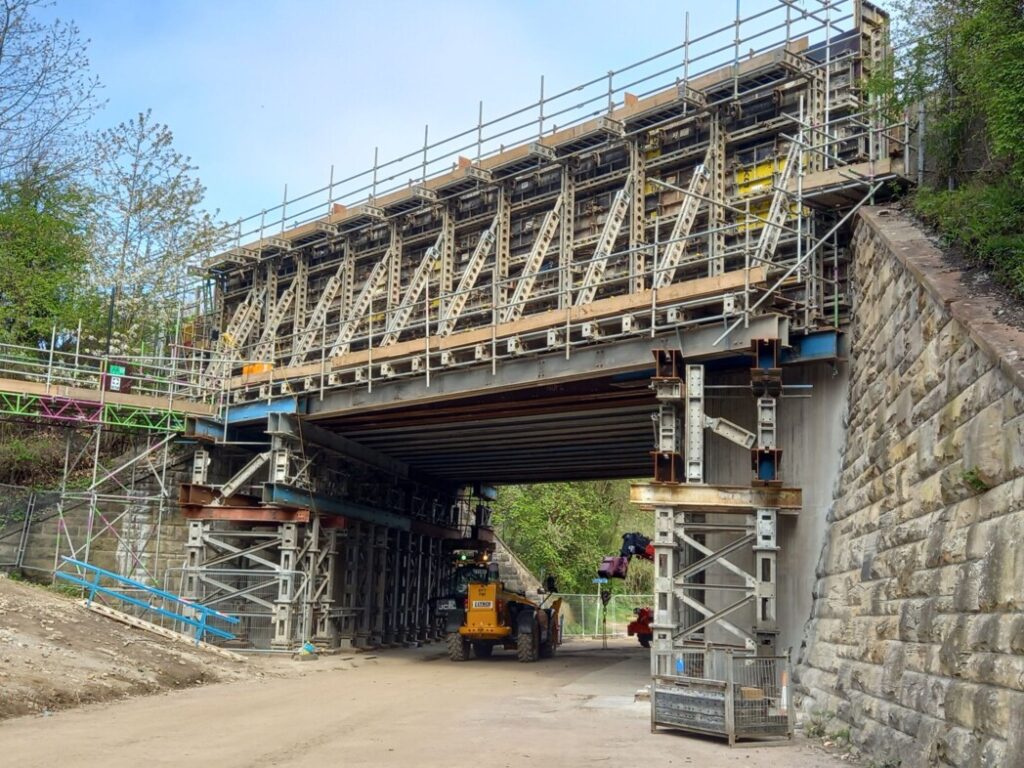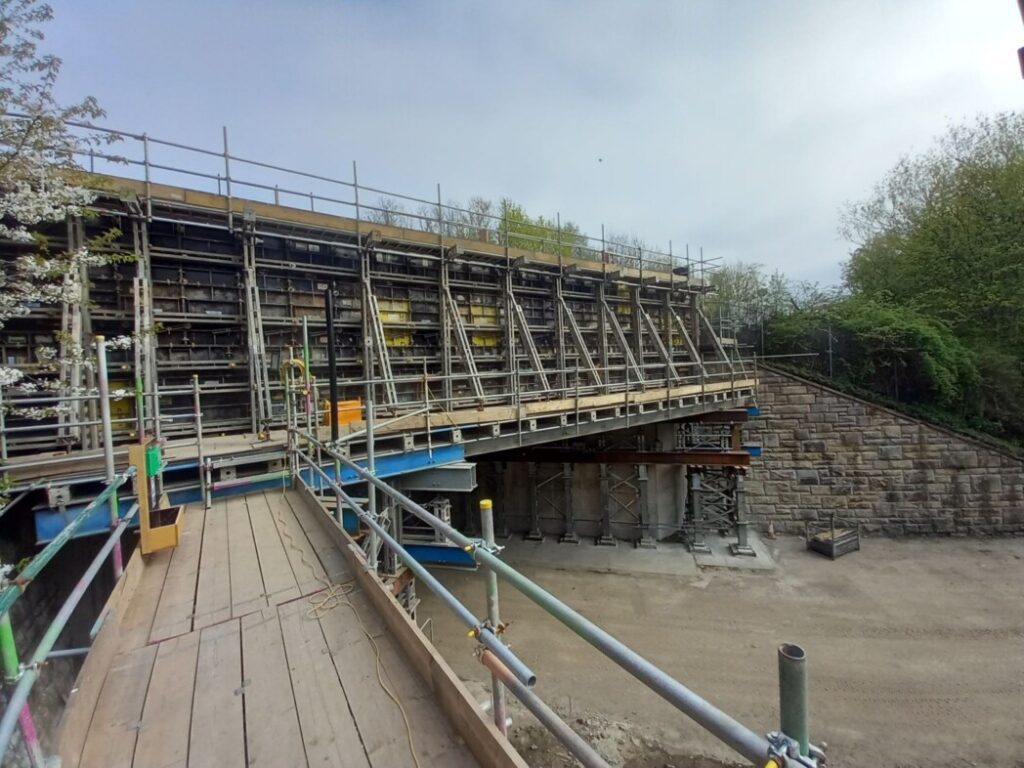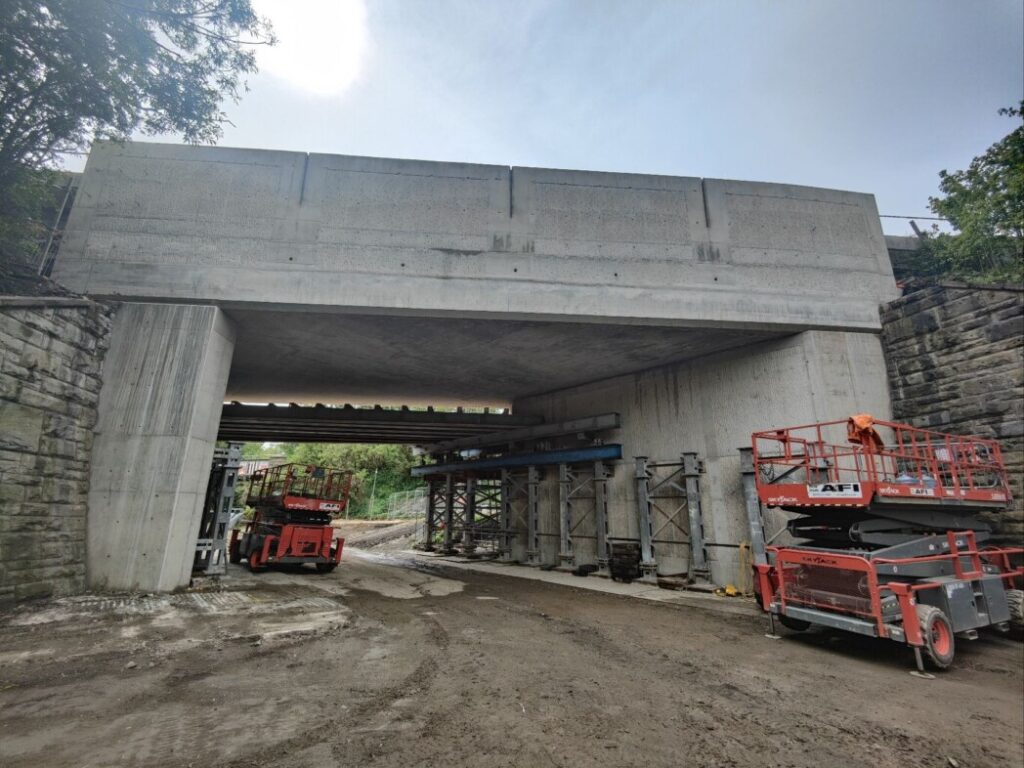HBPW and Network Rail were in a crucial race against time after the Environment Agency announced plans to ‘deculvert’ a section of river…………directly beneath a rail bridge that needed to undergo essential engineering works.
River Team is the name of the underbridge that carries the Newcastle to Carlisle rail line close to Gateshead’s Eslington Park. However, it was deemed under strength and nearing the end of its design life, prompting the need for reconstruction.
Currently the River Team itself travels below the rail bridge via a series of four pipe culverts originally installed in the 1980’s ahead of the Gateshead Garden Festival, re-emerging as an ‘open’ naturally flowing river further downstream on its way to the River Tyne.
The Environment Agency had plans to scrap its culvert and pipe layout and return the river beneath the bridge to an ‘open’ arrangement, with the aim of improving flow, reducing flooding and delivering other environmental benefits.
Partner, Jon Livesey, said: “It became all about priorities. Network Rail’s reconstruction work had to come first: no question. If the EA had broken soil first rail engineers would have found themselves not only working directly above a flowing river but, more to the point, facing a much larger budget.
“The rail line is on a tall embankment and the skew of the bridge means that once the river has been restored, access to do any significant work is seriously hampered. That simply couldn’t be allowed to happen.”
With all of this in mind the methodology for the reconstruction became of paramount importance: tight future access meant NR required a minimum maintenance solution.
“Normally we avoid in-situ concrete works if possible because of access or time constraints. However, this time, we had lots of head room under the bridge, along with reasonable access for normal construction plant, although access with a big crane would have proved difficult.”
The decision was taken to extend the existing masonry abutments and cast a new concrete deck around the original structure. This construction methodology also dramatically reduced the work required within possession, lowering the risk profile to Network Rail and the contractor, AmcoGiffen.
“In the event we got a fantastic low maintenance solution within timescale, paving the way for the Environment Agency to follow on over the next few months without the need for any major inconvenience to Network Rail.
“Had a reverse scenario come into play, then the outcome would have been hugely more expensive and disruptive so, overall, this was a brilliant outcome for everyone and a perfect example of inter-agency cooperation.”




